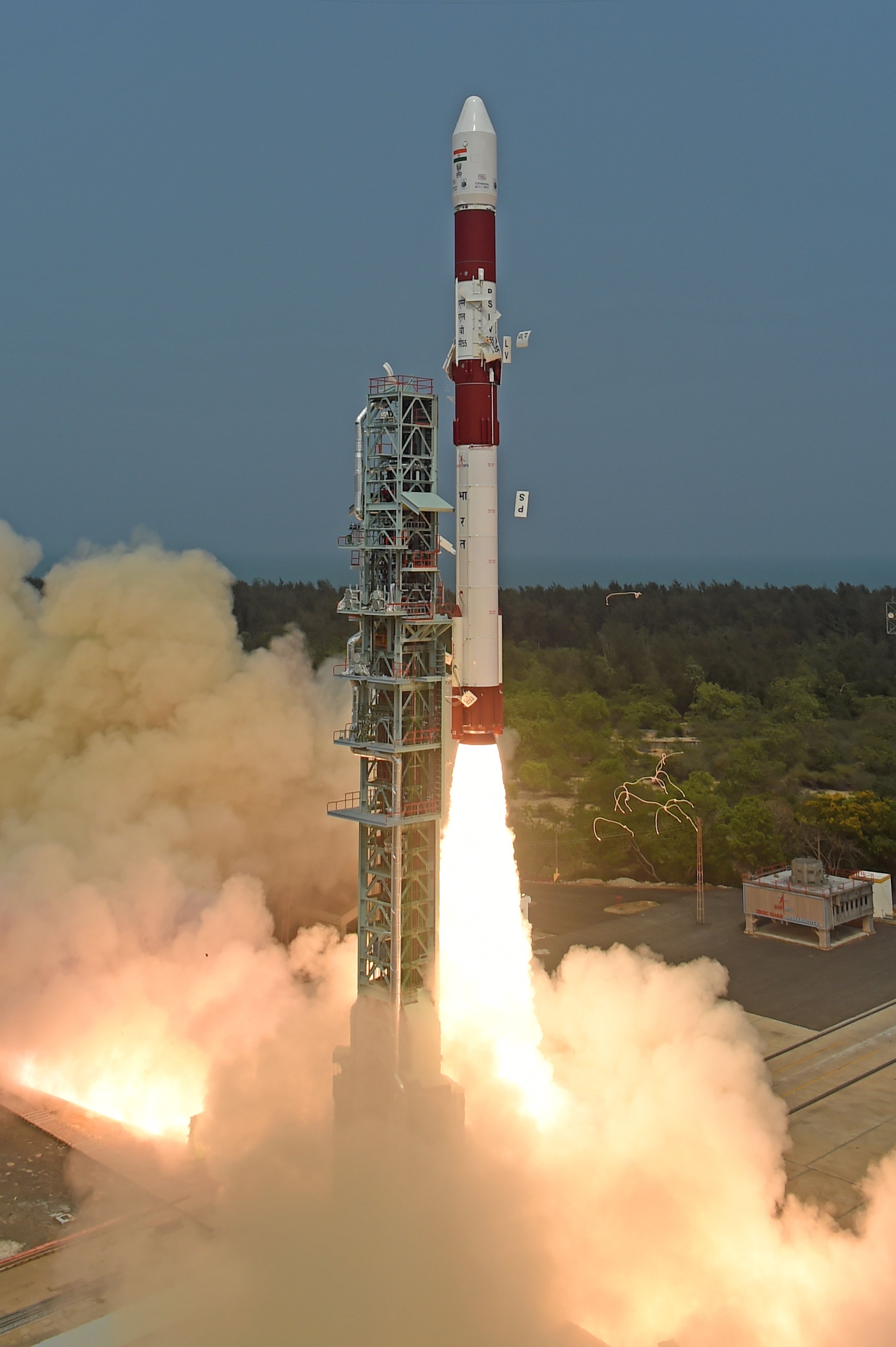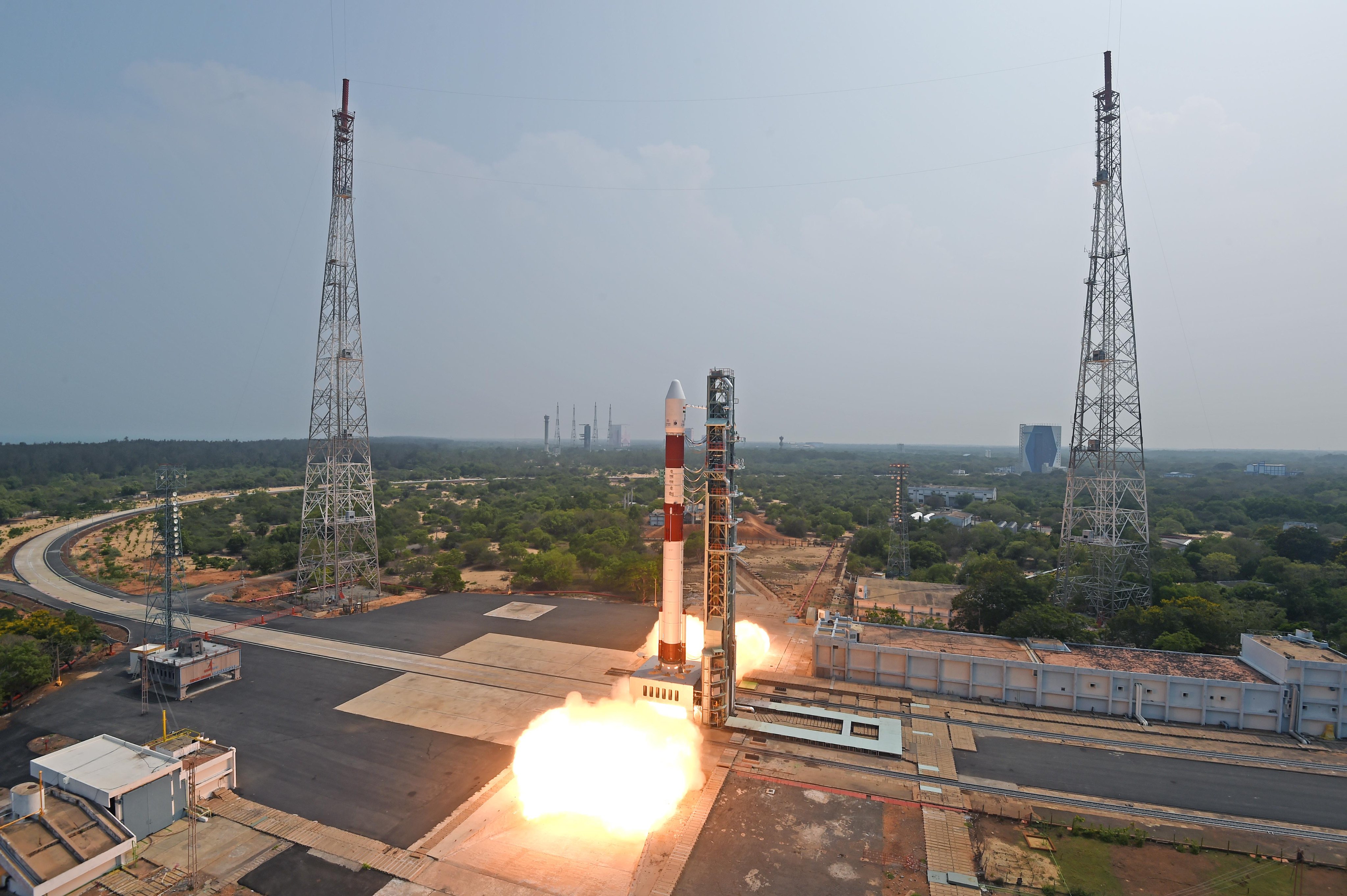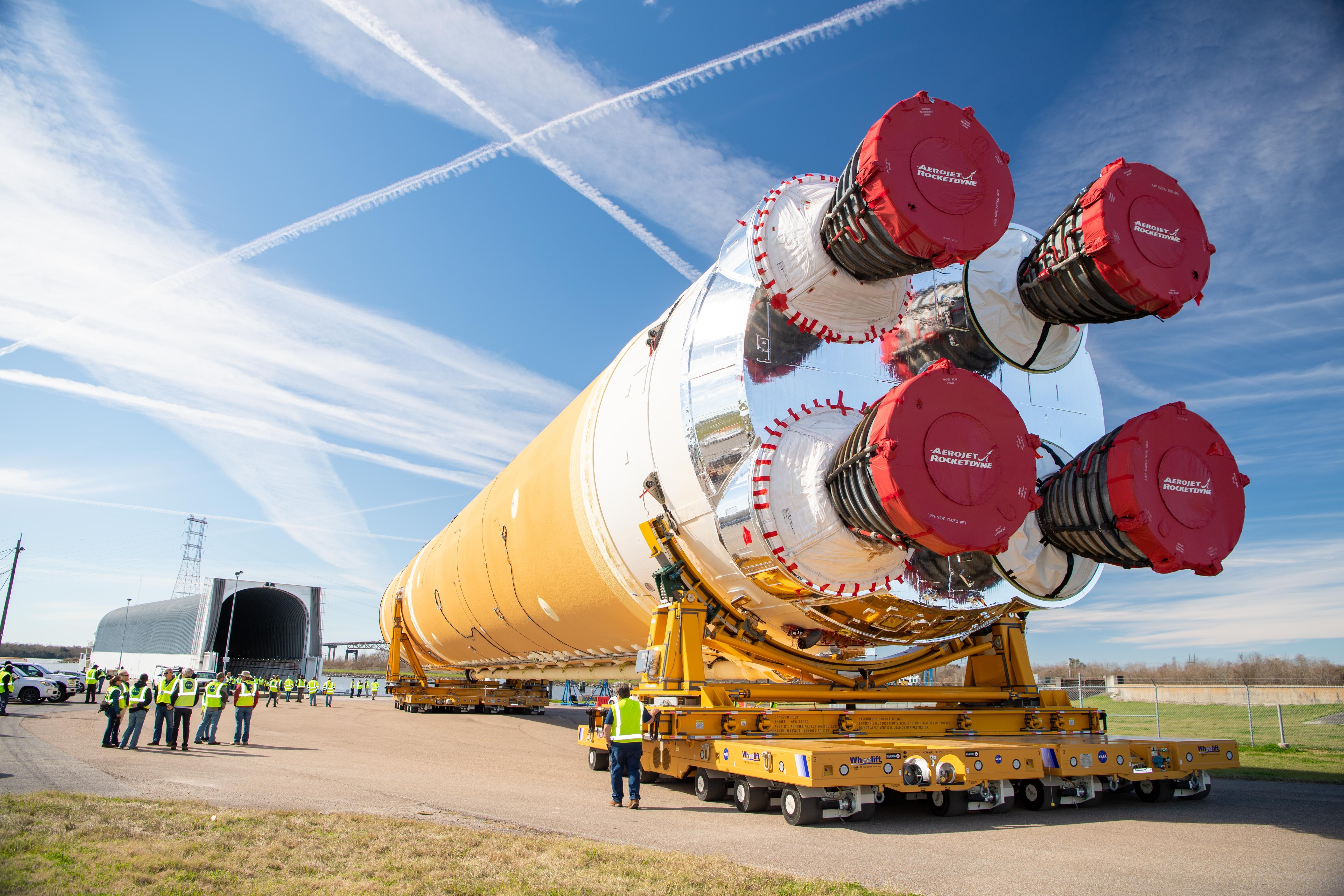The 44.4-metre rocket is scheduled for lift off from the first launchpad at 2.19 pm on Saturday at the spaceport about 135 km from Chennai.

thesouthfirst.com
The 44.4-metre rocket is scheduled for lift off from the first launchpad at 2.19 pm on Saturday at the spaceport about 135 km from Chennai.
The 22.5-hour countdown for the launch of two Singapore satellites on board a polar satellite launch vehicle (PSLV) commenced on Friday, 21 April, at the Satish Dhawan Space Centre in Sriharikota, the Indian Space Research Organisation (ISRO) said.
It is a dedicated commercial mission through NewSpace India Limited (NSIL) with TeLEOS-2 as the primary satellite and Lumelite-4 as the co-passenger satellite that would be deployed into low Earth orbit by ISRO’s trusted workhorse PSLV C55.
The 44.4-metre-tall rocket is scheduled for lift-off from the first launch pad at 2.19 pm at the spaceport located about 135 km from Chennai.
About the TeLEOS-2 and Lumelite-4 satellites
The TeLEOS-2 is a synthetic aperture radar satellite developed under a partnership between the Defence Science and Technology Agency (DSTA), representing the Government of Singapore, and ST Engineering.
After deployment of the satellite into the 586 km orbit, it would be used to support the satellite imagery requirements of various agencies within the Government of Singapore. The TeLEOS-2 would be used to provide all-weather day and night coverage and is capable of imaging at 1-metre full polarimetric resolution for Singapore.
The Lumelite-4 satellite is co-developed by the Institute for Infocomm Research and Satellite Technology and Research Centre of the National University of Singapore.
It is an advanced 12U satellite developed for the technological demonstration of the high-performance space-borne VHF data exchange system (VDES). The objective of the satellite is to augment Singapore’s e-navigation maritime safety and benefit the global shipping community, ISRO said.
Of POEM-2 and the payloads
Apart from deploying the two satellites nearly 20 minutes after lift-off, scientists at ISRO have planned to carry out an in-orbit scientific experiment using the spent PS4-stage as an orbital platform through the PSLV Orbital Experimental Module (POEM) 2 in this mission.
The mission has the POEM-2 where the PS4 stage of the launch vehicle would be utilised as an orbital platform to carry out scientific experiments through non-separating payloads.
The seven payloads belong to ISRO, Bellatrix, Dhruva Space and the Indian Institute of Astrophysics.
The payloads on POEM-2 would be powered by scientists after the primary and co-passenger satellites are separated. The platform would have a solar panel which would be deployed facing towards the Sun to increase its power generation capability.
The power would be provided to payloads and avionic packages based on their requirements.
The PSLV-C55 mission
ISRO Chairman S Somanath, after the
successful launch of LVM3 to deploy 36 OneWeb satellites in March said the space agency was working on another commercial mission and the scientists would be using the new integration facility for PSLV-C55 mission developed at Sriharikota.
The PSLV-C55 mission has been adopted with the “integrate, transfer and launch” concept using the PSLV integration facility (PIF).
Saturday’s mission would be the 57th flight of PSLV and the 16th mission using the PSLV Core Alone configuration.
In December 2015, ISRO successfully placed the TeLEOS-1 satellite in the PSLV-C29 mission along with five other satellites of Singapore into a 550 km circular orbit.




















